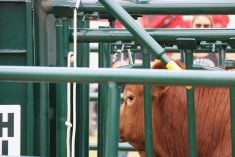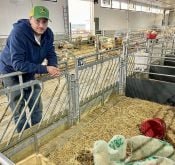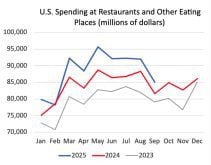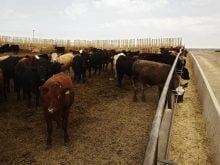Canadian beef cattle producers are getting older and they probably run larger herds than they did in 2001.
The larger average herd size is credited to increased cow retention rates following the discovery BSE in Canada and the resulting border restrictions of older animals.
Other trends in the industry point to an aging demographic, rising land costs, tighter margins and fewer young producers taking up the reins.
The average Canadian beef producer is 52 years old and tends 140 cows and a few bulls.
In 2001, the average beef operation was run by a 49.9-year-old producer rearing 127 head.
Read Also
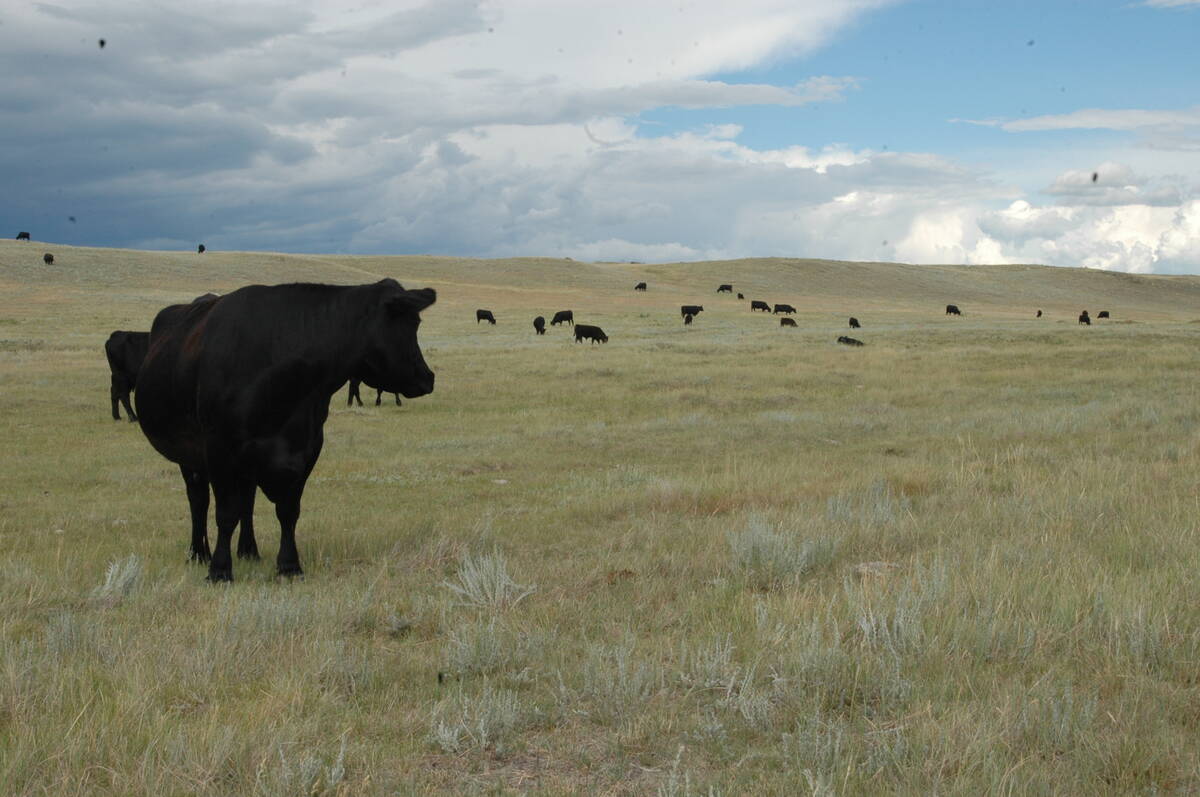
Canadian Food Inspection Agency slammed for handling of bovine tuberculosis case
The federal government leans heavily on producers to “take one for the team” and risk their livelihoods without any reassurance of support.
Mark Partridge at Ohio State University and the University of Saskatchewan said the American industry is similar.
“A baby boom of older producers is moving towards retirement. Like in grain farms, there will be a move to larger and larger operations as margins get tighter and there are fewer producers inclined or able to take over the operations,” said the agriculture and rural life economist.
“For the last couple of decades buying a grain farm and starting farming hasn’t been possible without some family involvement and the ability to avoid some of the debt. Land costs have risen fairly steadily until now it would be nearly impossible to service a debt that large and go farming. The same is happening to cattle,” said Partridge.
“It’s a lifestyle for most existing producers and they won’t go abandoning it easily. They are used to the risk and have some assets that allow them to manage that risk. But I don’t think we’ve been seeing them expanding those operations,” he said.
Darrell Mark of the University of Nebraska said the cattle cycle is flat, with female to male slaughter nearly equal. This indicates that despite years of profits in the American cow-calf business, producers aren’t expanding their herds.
He said age may be a factor.
“Face it, if most of the ranchers are getting up towards retirement and they haven’t got a son or daughter to take over, they aren’t going to be thinking of using that money to add to their workload. They might be thinking retirement savings,” he said.
Dennis Fuglerud ranches near Broderick, Sask. His age is similar to the Canadian average, but he has more cows than the statistically described producer.
“The cattle business is getting kind of grey. And for most of us the kids aren’t going to be able or interested in taking over,” he said.
“Margins are tight and buying into the businesses will mean having a lot of money to begin with.”
Bill Brown of the University of Saskatchewan doesn’t feel there will be a shortage of cattle producers in the future, despite the demographic bubble of aging growers moseying toward retirement.
“The bigger producers will get much larger as smaller, older producers leave the business. The mid-sized operators will pick up some…. At some point, if there isn’t enough beef in the system, prices will rise and that will attract more investment and production.”
The economist said with margins as low as they are for cow-calf producers, it is extremely difficult to attract new entrants.
“Young people may be seeking the lifestyle, but it has to be more than a subsistence living and unless they are joining their own family farm, that is often what they are facing.”
Producer Tim Oleksyn of Shellbrook, Sask., said some producers with business interests in cattle feeding have expanded into large cow-calf operations.
“Big, vertically integrated operators are moving to own more cows. That will help meet the demographic shift of older producers to retirement. There are a lot of producers on the Prairies that will exit the business over the next 15 or 20 years,” he said.
Livestock economist Dillon Feuz of Utah State University said tight margins for cattle feeders and cow-calf operators may also push operation sizes up. Some larger operations might start feeding or feeders start owning cows to help manage risk, he said.
“For right now that might mean that female to male (slaughter ratios) might stay pretty even. That will keep the size of the national herd from growing,” he said.



